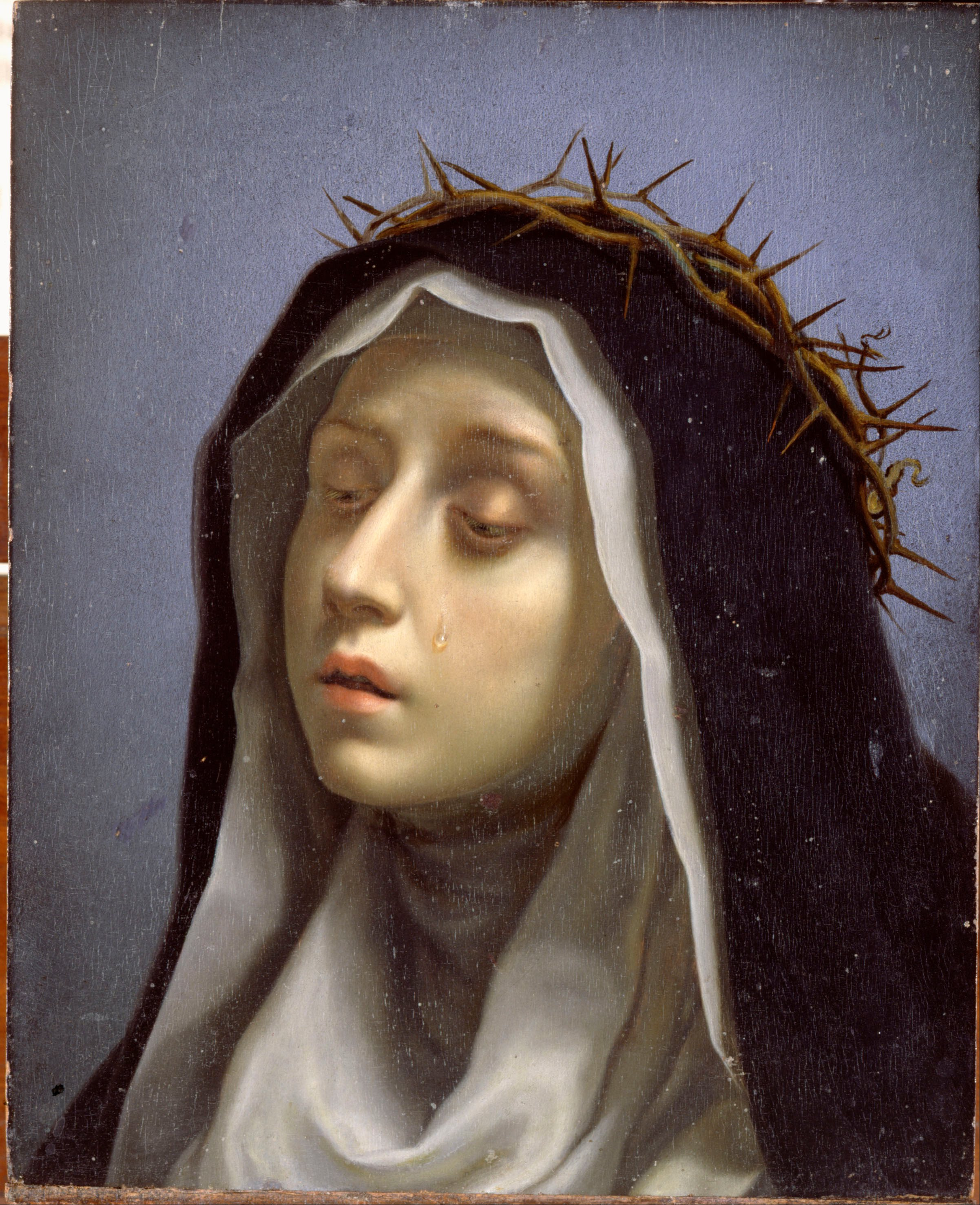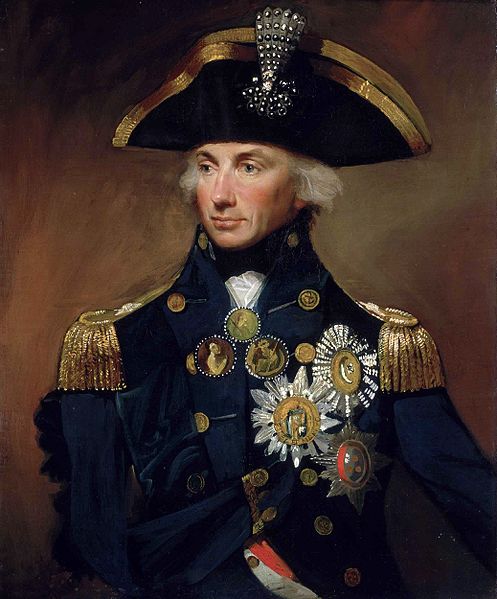Lately, we've been studying Catherine's profound spiritual letters in my Lay Dominican community. There are many quotations attributed to her, but this one in particular, or some variation of it, is one of the more ubiquitous ones:
If you are who you were meant to be, you will set the world on fire...The quotation is slightly modified from the original text which is taken from a series of letters from Catherine to Stefano di Corrado Maconi, a noble of Siena, Italy. The original Italian is actually this:
Se sarete quello che devete essere, metterete fuoco in tutta L'Italia, non tanto costi... roughly translated:
If you are what you ought to be, you will set fire to all Italy, and not only yonder.As with Catherine's other letters, this letter is illustrative of Catherine's careful attention for the spiritual well-being of others. Just look at how she opens this particular letter to Maconi:
Dearest son in Christ sweet Jesus: I Catherine, servant and slave of the servants of Jesus Christ, write to thee in His precious Blood: with desire to see thee arise from the lukewarmness of thy heart, lest thou be spewed from the mouth of God, hearing this rebuke, "Cursed are ye, the lukewarm! Would you had at least been ice-cold!" This lukewarmness proceeds from ingratitude, which comes from a faint light that does not let us see the agonizing and utter love of Christ crucified, and the infinite benefits received from Him. For in truth, did we see them, our heart would burn with the flame of love, and we should be famished for time, using it with great zeal for the honour of God and the salvation of souls. To this zeal I summon thee, dearest son, that now we begin to work anew.Her spiritual writings were extremely effective, as was her correspondence with the Pope Gregory XI in Avignon (emphasis mine):
Most holy and sweet father, your poor unworthy daughter Catherine in Christ sweet Jesus, commends herself to you in His precious Blood: with desire to see you a manly man, free from any fear or fleshly love toward yourself, or toward any creature related to you in the flesh; ... [God's] will, father, is this, and thus demands of you. It demands that you execute justice on the abundance of many iniquities committed by those who are fed and pastured in the garden of Holy Church; declaring that brutes should not be fed with the food of men. Since [Christ] has given you authority and you have assumed it, you should use your virtue and power: and if you are not willing to use it, it would be better for you to resign what you have assumed; more honour to God and health to your soul would it be.Wow! See that? Catherine to Pope Gregory: "Step up and be a man! ... or resign!"
St. Catherine of Siena, pray for us.


